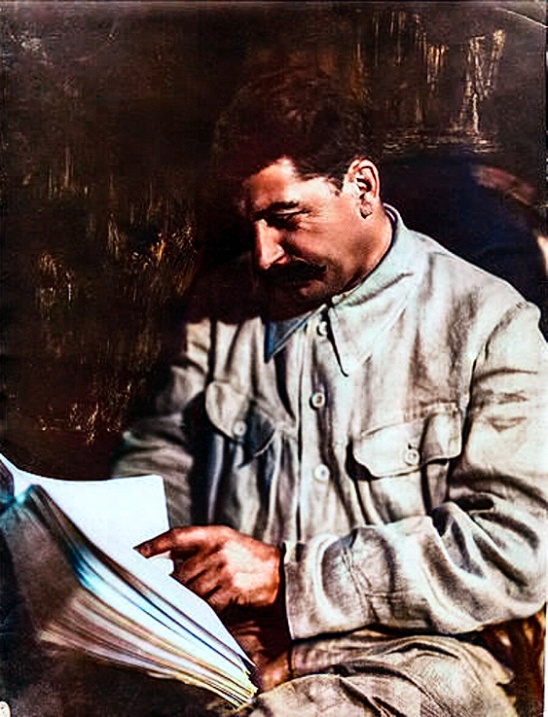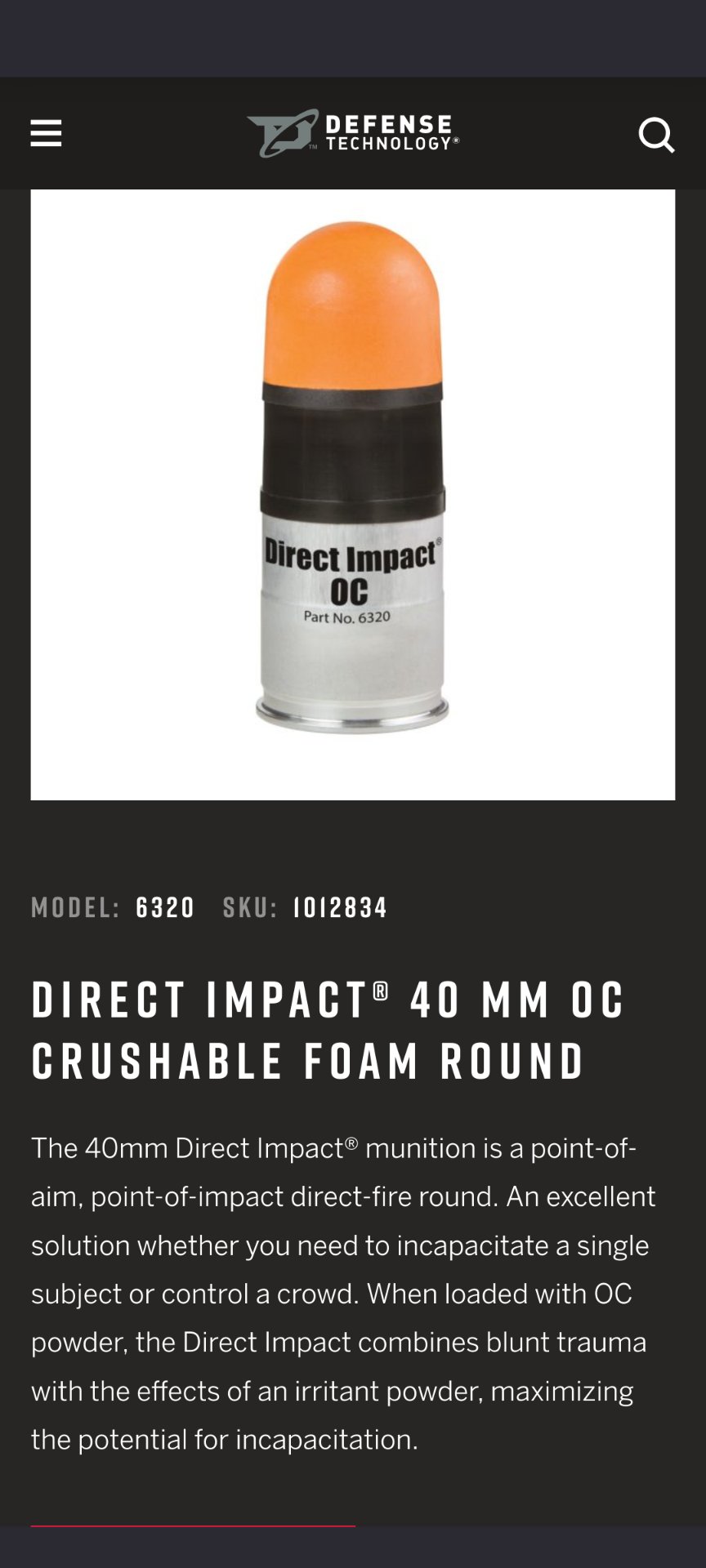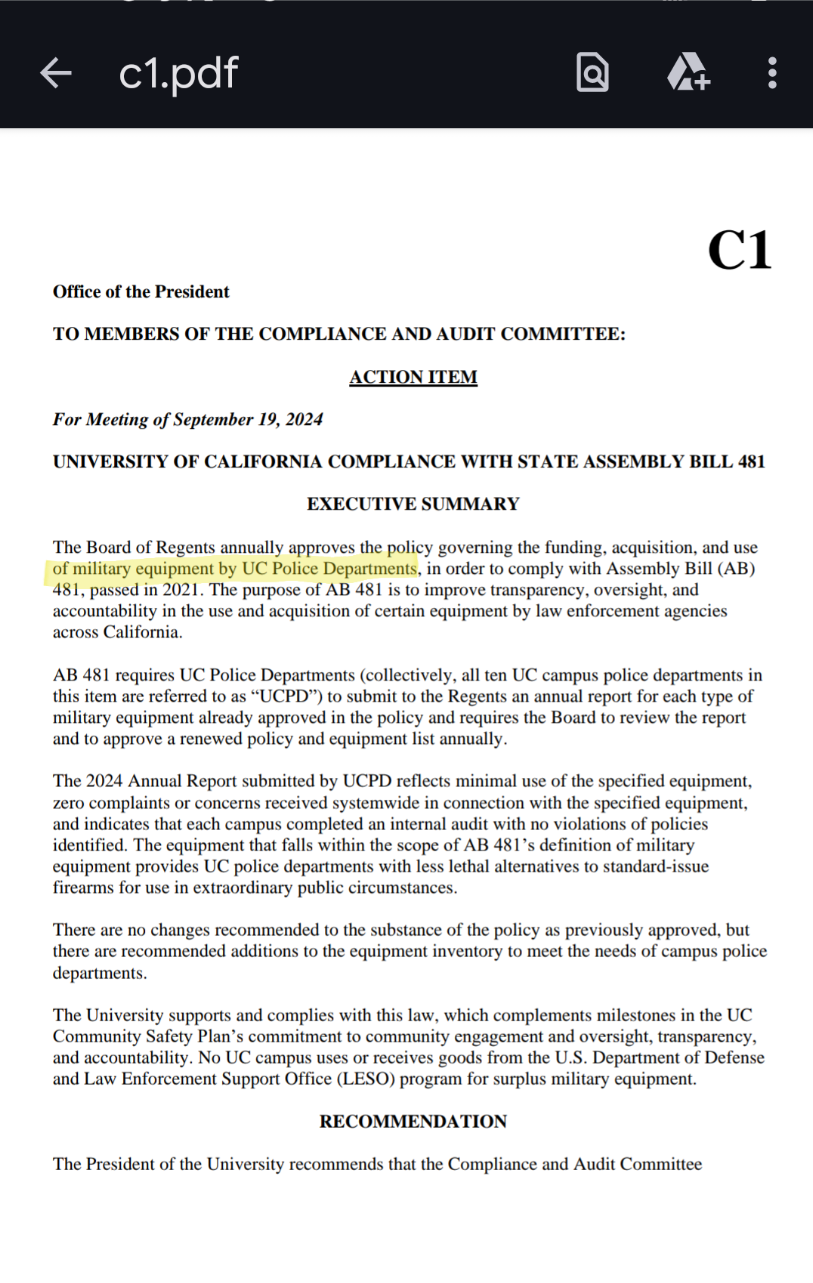

How the hell did it get past the censors


How the hell did it get past the censors


suffer through US-backed death squads and thousands of your best and brightest giving their lives to free your country from a brutal military dictatorship
forty years later you fall for Mano Dura bullshit again (even though it never fucking works) and vote a dictator back into office
I am sad to report most of my fellow salvis are cucks


You could do it in the US too. There’s miles of unguarded, unpatrolled fences around bases, and they’re trivial to hop. Lots of bases also have miles and miles of unguarded, unfenced land used for ranges and field exercise. These lands are often adjacent to public lands, and it’s completely possible to hike into the base proper through that land just by taking a wrong turn on a hiking trail. Once you’re in the base you can just go to any motorpool and fuck vehicles up. During the day there’s people around, but at night there’s just an easily hopped fence. An NCO might drive by every once in a while, but that’s the only security for 99.9% of motorpools at night. Honestly, I’m surprised sabotage doesn’t happen more often.


45 as of 25 April 2025, 42 with these losses.


It’s entertainment. It never stops being funny. It’s slapstick comedy that briefly breaks the monotony of hours of standing at attention or parade rest while the colonels and generals practice fellating themselves. Sometimes they fall face first. Sometimes they fall on the person in front or behind them and we get to see two people knocked on their ass. Sometimes they crumple straight to the ground. And after they pass out, we get to see medics scramble to drag their ass to the aid station. We struggle to hold laughter in. Then the fun is over and we’re back to fantasizing about the stage collapsing during the speeches.


Yup. Drill and Ceremony isn’t really practiced once you get to your unit. It’s widely viewed as a silly waste of time. For change of command ceremonies we would get like two or three days of practice, and most of that was standing around in the heat praying someone locks their knees and passes out. Judging from r/army posts, a lot of guys had just the three days of practice. Add in how no one wants to be at a dog and pony show, and you get very sloppy marching. Sucks2suck tbh, they deserve worse.


deleted by creator


UCPD does not need GLs with gas or “less lethal” rounds to neutralize a shooter with body armor. If it was school shooters with level IV plates UCPD was preparing for they’d have bought rifles chambered in 7.62x51 and a few hundred AP rounds.
But they didn’t. In explicit response to college kids protesting genocide they purchased AR15s, thousands and thousands of 5.56, GLs, tear gas, “less lethal” rounds, LRADs–tools only suited to intimidate, injure, disfigure, maim, and kill unarmed protestors.




Yes, and also for “less than lethal” rounds that can very much severely injure and kill a person when it hits the right spot.


A study published in 2017 in the BMJ found that 3% of people hit by rubber bullets died of the injury. Fifteen percent of the 1,984 people studied were permanently injured by the rubber bullets, also known as “kinetic impact projectiles.”
Rubber bullets should be used only to control “an extremely dangerous crowd,” said Brian Higgins, the former police chief of Bergen County, New Jersey.
“Shooting them into open crowds is reckless and dangerous,” said Dr. Douglas Lazzaro, a professor and expert in eye trauma at NYU Langone Health.
In the past week, a grandmother in La Mesa, California, was hospitalized in an intensive care unit after being hit between the eyes with a rubber bullet. Actor Kendrick Sampson said he was hit by rubber bullets seven times at a Los Angeles protest.
Freelance photographer Linda Tirado said she was blinded by a rubber bullet at a protest in Minneapolis.
In an email, Minneapolis Police Department spokesperson John Elder said, “We use 40 mm less-lethal foam marking rounds. We do not use rubber bullets.”
Elder didn’t mention the brand name of the foam marking rounds used by Minneapolis police. But a website for the “Direct Impact 40 mm OC Crushable Foam Round” depicts a green, bullet-shaped product described as a “point-of-aim, point-of-impact direct-fire round.” The site says the projectiles are “an excellent solution whether you need to incapacitate a single subject or control a crowd.”
No one knows how often police use rubber bullets, or how many people are harmed every year, said Dr. Rohini Haar, a lecturer at the University of California-Berkeley School of Public Health and medical expert with Physicians for Human Rights. Many victims don’t go to the hospital.
Police are not required to document their use of rubber bullets, so there is no national data to show how often they’re used, said Higgins, now an adjunct professor at the John Jay College of Criminal Justice in New York. There are no nationally agreed-upon standards for their use.
When aimed at the legs, rubber bullets can stop a dangerous person or crowd from getting closer to a police officer, Lazzaro said.
But when fired at close range, rubber bullets can penetrate the skin, break bones, fracture the skull and explode the eyeball, he said. Rubber bullets can cause traumatic brain injuries and “serious abdominal injury, including injuries to the spleen and bowel along with major blood vessels,” said Dr. Robert Glatter, an emergency physician in New York City and a spokesperson for the American College of Emergency Physicians.
Firing rubber bullets from a distance decreases both their force and their accuracy, increasing the risk of shooting people in the face or hitting bystanders, Lazzaro said.
Physicians for Human Rights, a nonprofit advocacy group based in New York, has called for rubber bullets to be banned.
The British military developed rubber bullets 50 years ago to control nationalist rioters in Northern Ireland, although the United Kingdom stopped using them decades ago. Rubber bullets are used by Israeli security forces against Palestinian demonstrators. French police were criticized for using rubber bullets last year after dozens of “yellow jacket” demonstrators were blinded and hundreds were injured.
“Rubber bullets are used almost every day somewhere in the world,” Haar said. “Using them against unarmed civilians is a huge violation of human rights.”


Yup, it’s all for the UCPDs



Seems like he didn’t just stumble into it, dude’s been on the right side for a while
heartening to see Macklemore return to his roots. before he popped off decade ago, he was running in anti-capitalist radical circles in the west coast & did few fundraiser shows for us (grassroots anti-colonial, anti-capitalist migrant justice group). movements keep us grounded.
Love and respect to the west coast artists then and STILL holding it down for liberation, like Gabriel Teodros, Abyssinian Creole, Khingz who introduced me/us to Macklemore and invited him to be part of our events and into community & movement spaces.
https://twitter.com/HarshaWalia/status/1787643511451562328?t=Xg3Kdho0mP8ARXFyHPyMYQ&s=19
Honestly no one knows right now. All we can do is speculate.
After the Haiti earthquake soldiers were issued mags with live rounds but instructed not to put it in their weapon.
During Katrina most of the soldiers were walking around with empty mags.
During J6 none of the soliders were issued live rounds.
During the BLM protests many states did have their guardsmen walking around with live rounds.
I could see the DC guys walking around with live rounds in their mags, but I could also just as easily see there being no live ammo on anyone below staff sergeant. No commander wants their career killed just because one of their dumbass soldiers shot an American citizen.